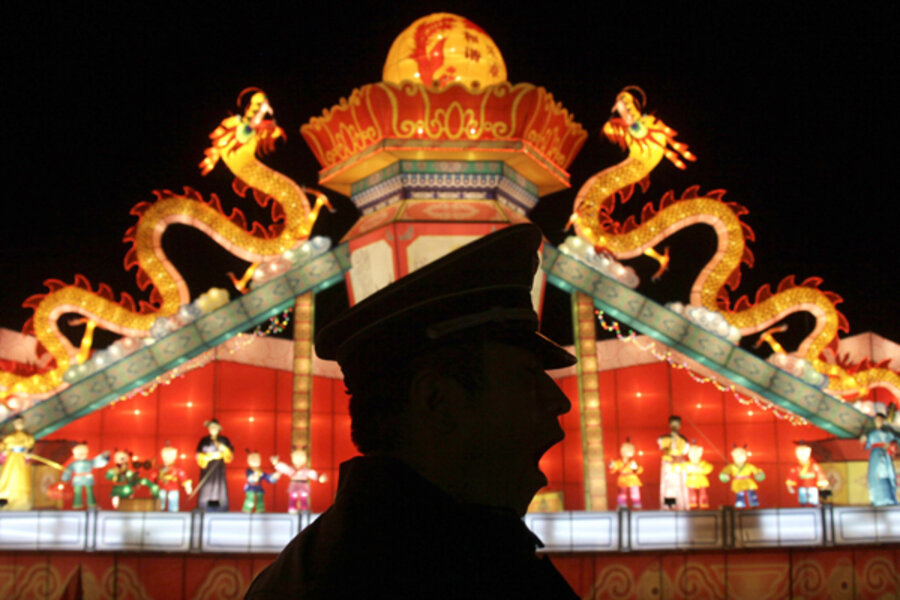What China's mid-Autumn festival really means: no traffic jams
Loading...
| Beijing
We are coming to the end of the mid-Autumn festival in China, and aside from the fact that I have had to work throughout the three day holiday it has been delightful.
Not just because it is a rather charming festival centered on the full moon of the eighth month of the Chinese lunar calendar, said to be the brightest full moon of the year. Traditionally, people admire the moon with their families as they eat sweet pastry confections known as “moon cakes.”
Rather, the pleasure has come from the fact that during the holiday – for the first time in weeks – it has been possible to drive across town and take less than half a day to do so. Because of the holiday no one has to go to work, so the streets have opened up.
The Beijing traffic has been especially appalling recently; front pages have been full of photos of chock-a-block intersections; my son’s school canceled its sports activities because buses could not get to and from the playing fields, and I took to my bicycle for any trip lasting less than half an hour, whatever the weather.
IN PICTURES: China's huge traffic jam
The authorities were full of excuses, ranging from unusually heavy rain to suggestions that in the pre-holiday period, large numbers of people were driving around town delivering moon cakes to their friends and relatives.
Those temporary reasons, authorities seem to think, offer hope that things will get better. Phooey. There is no such hope. What officials did not say was that Beijing car dealers are selling 2,000 new vehicles a day. More than half a million new cars have come onto the capital’s already dreadfully congested streets since the beginning of the year.
It doesn’t take a rocket scientist to predict that at this rate Beijing’s traffic is going to clog permanently before too long. Moscow is already almost there, I am told, and people are buying cars here even faster than newly-rich Russians.
The city has taken a few half-hearted steps. Officials tried to reduce traffic by 20 percent by banning cars from the roads for one day of the working week, depending on its license plate number. They even attempted to institute a car-free day. For a while you noticed the difference that made. Not any more.
Eventually the authorities will have to do more to curb automobile use in the capital, but it won’t be easy. Car ownership has become a human right to Beijing’s new middle class, and it is one human right the Chinese government seems disposed to respect.





